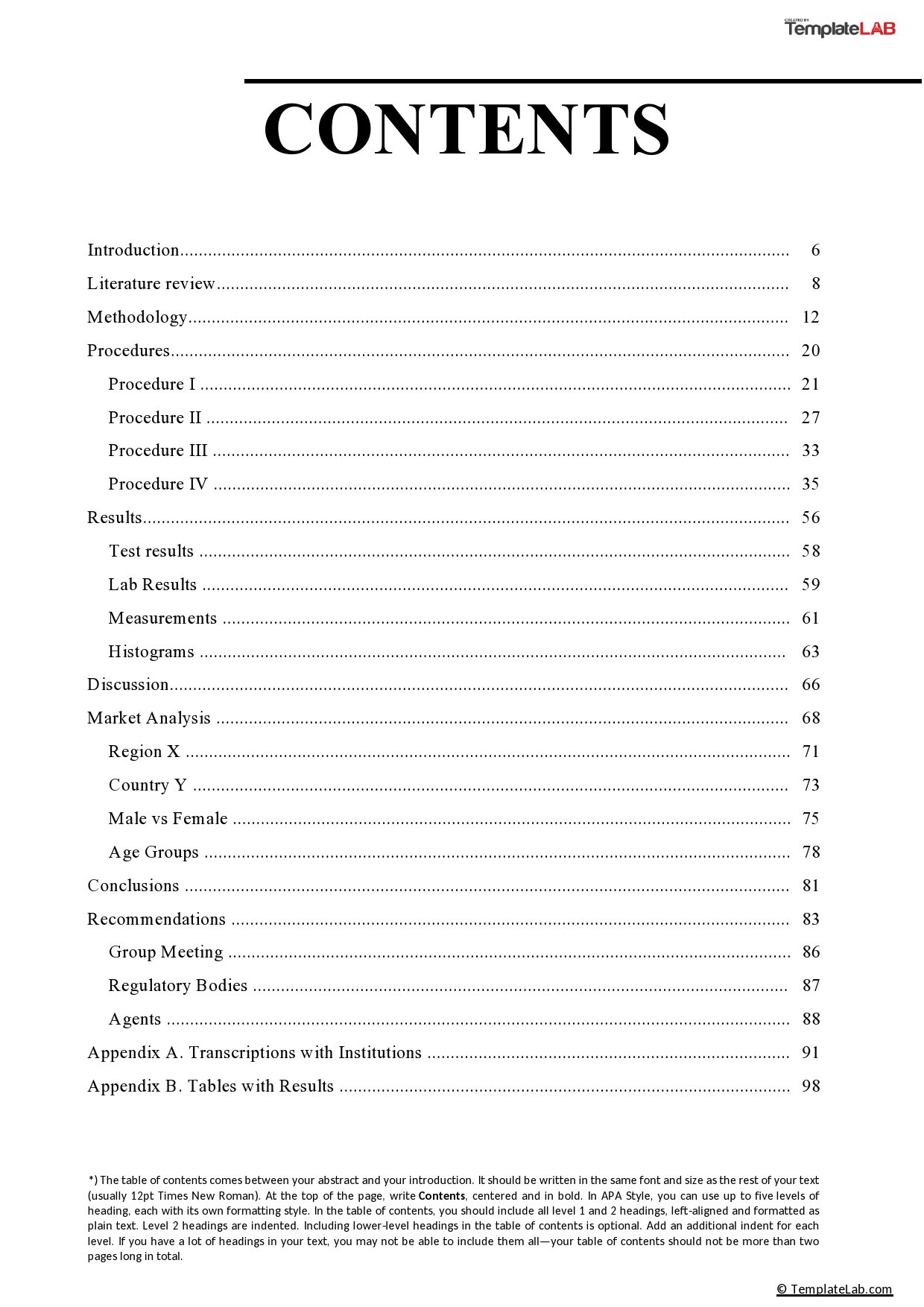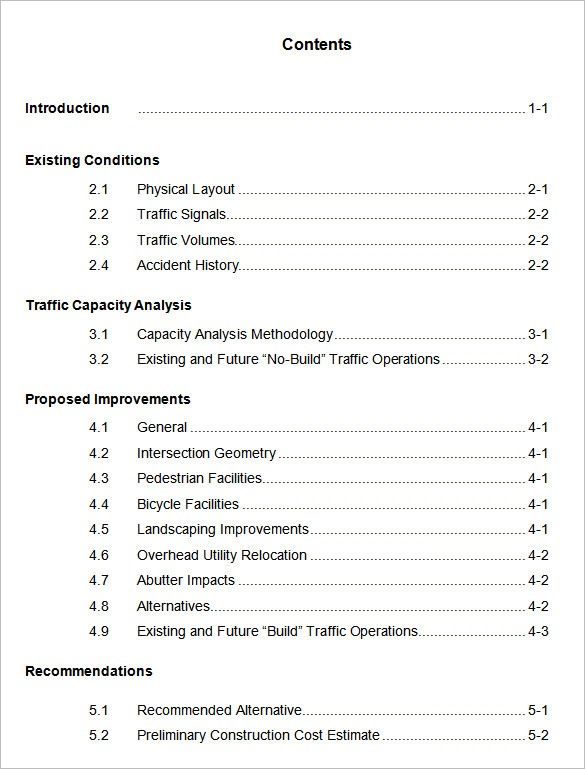

As such, you can opt to insert a manual table instead. Your document may be set up in a way that may make populating an Automatic Table of Contents difficult. These options are located within the Home tab. Step 3: If you want to apply additional formatting such as changing the appearance of the text within the table, simply highlight what you wish to change within the table, and modify the size, color, style, etc.

You can also open the Options button for further customization. Step 2: Within the window that popped up, you can make various adjustments to the table, including how many levels to show, removing page numbers, and alignment changes. Select the References tab, choose Table of Contents, and click the Custom Table of Contents. Not satisfied with how the table of contents looks via the existing templates? Conveniently, there’s a way to modify the look of your table. Update entire table: This will update the table with any heading-based text that has been modified, in addition to page number changes.

Update page numbers only: This option won't update any changes made to the headings, but rather just the page numbers.

Click the References tab and then select Update Table. Microsoft Word will now rely on the headings applied in step 1 to form the table of contents, which includes any text where Heading 1, Heading 2, or Heading 3 was applied to, as well as the associated page number.įor reference, I applied Heading 1, Heading 2, and Heading 3 for the first three header titles shown below, which gives a tiered look to the table of contents. Step 3: Choose Automatic Table 1 (Contents) or Automatic Table 2 (Table of Contents), which is only differentiated by the titles each setting will apply. How to keep your Microsoft Teams status active Microsoft Build 2023: the biggest announcements in AI, Windows, and more


 0 kommentar(er)
0 kommentar(er)
